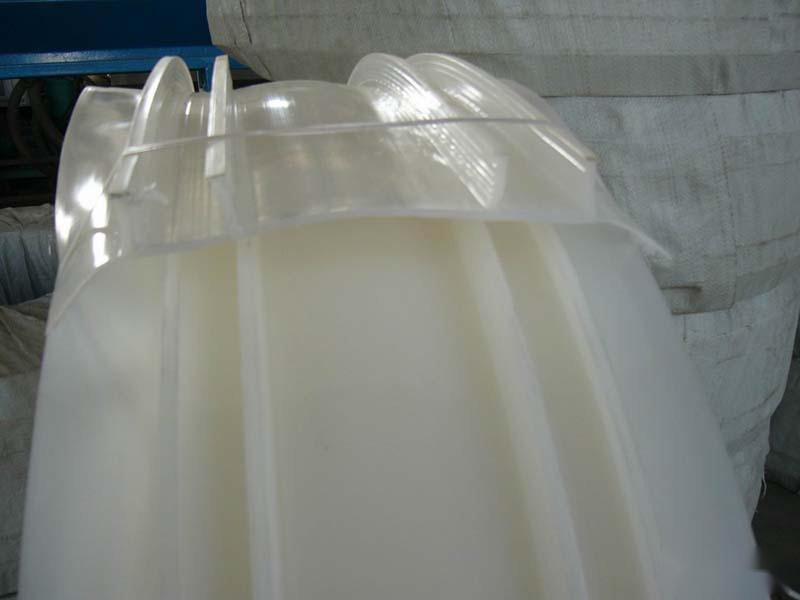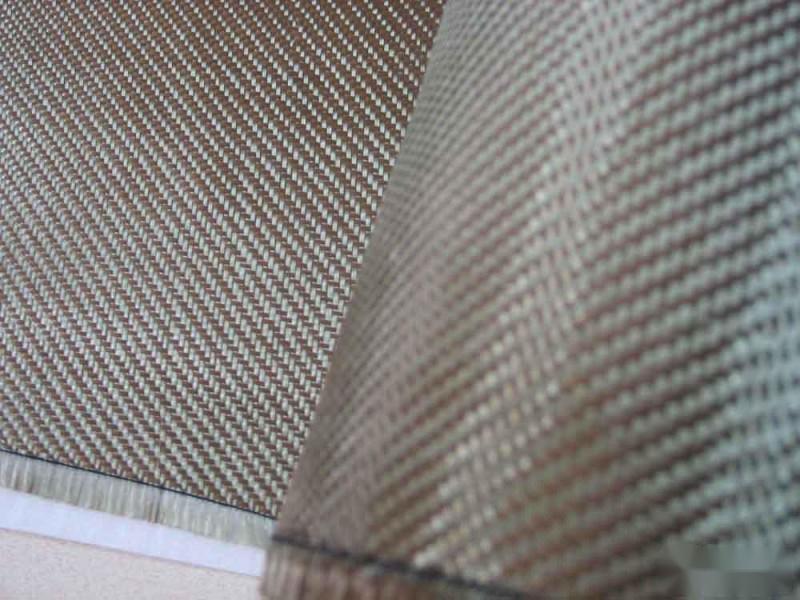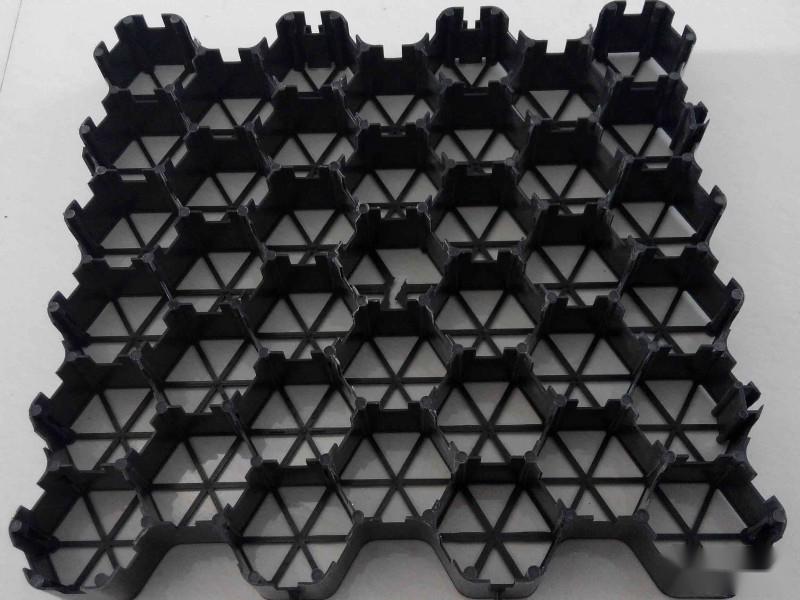Main products
safety net, composite geomembrane, composite drainage net, plastic three-dimensional mat, geonet, textured geomembrane, geotextile formwork, geomembrane (waterproof sheet), green geotextile, three-dimensional geonet mat, erosion control blanket, waterproof geotextile, wind and sand fixation board, bentonite waterproof blanket, geogrid, drainage materials, hdpe membrane, gabion mesh, tunnel waterproof sheet, nutrient geotextile, geocell, drainage board, filament geotextile, reinforced macmat, engineering fiber, geotextile mat
About Us
Hongxiang New Material Co., Ltd. is a listed company with its headquarters in Dezhou, Shandong. It is currently one of the largest and most comprehensive producers of geosynthetic materials in China. For 30 years, the company has been dedicated to the research, development, production, and application of geosynthetic materials, filtration materials, composite materials, building waterproofing materials, seepage drainage mats, plastic hollow templates, HDPE waterproof boards, geocells, filament nonwoven geotextiles, composite geomembranes, and geogrids. Hongxiang regards technology as the lifeblood of the enterprise. The main equipment is introduced from renowned companies in Germany, Italy, Canada, France, and domestic enterprises. Over the years, the company has built an elite team of R&D and management professionals, including PhDs, masters, and bachelors. It has extensive collaborations with more than ten prestigious institutions such as Tsinghua University, Donghua University, and Hohai University, and has established the Donghua University-Hongxiang R&D Department, an academician workstation, a provincial-level enterprise technology department, and a provincial geosynthetic material testing department. The company holds over 100 patents, has developed more than 30 new functional products, and has formed over 50 comprehensive system solutions for railway and highway transportation projects, green environmental protection projects, water conservancy projects, ecological restoration projects, petrochemical and coal chemical anti-seepage projects, air pollution control, sponge cities, underground utility tunnels, and slope protection projects. Hongxiang is a standing director unit of the China Geosynthetics Association, a member unit of the China Geotechnical Textile Synthetic Materials Association, a vice chairman unit of the China Anti-Drainage Professional Committee, and a vice chairman unit of the Industrial Textiles Industry Technology Innovation Strategic Alliance. It has successively received honors such as the "Pioneer Enterprise of High-Tech Industries in China," "Contract-Abiding and Credit-Valuing Enterprise," and "AAA Credit Enterprise." Its products have won the title of "Top Ten Brands of National Quality Certification and User Satisfaction" and have passed certifications including ISO9001-2000 Quality Management System, ISO14001 Environmental Management System, National Industrial Product Production License, National Coal Safety Mark Certification, EU CE Certification, CRCC Certification for Railway Products, Occupational Management System Certification, Grade Three Qualification for Environmental Engineering Construction, Specialized Anti-Seepage Engineering Qualification, CCPC Certification, COC Certification, and National Environmental Label Certification. The Hongxiang brand enjoys high recognition and reputation. The company has formulated over ten national standards, including GB/T17639-2008 "Polyester Spunbond Nonwoven Geotextiles," GB/T17642-2008 "Nonwoven Composite Geomembranes," and GB/T17643-2011 "Polyethylene Geomembranes," as well as more than 20 industry standards. Hongxiang is committed to creating the best platform for innovation, R&D, design, production, and application resource integration. By 2016, Hongxiang had completed tens of thousands of projects, including railway, highway, tailings, landfill, sewage, anti-seepage, slope protection, reinforcement, and dust control projects. It has participated in numerous national projects, such as the Northeastern Three Rivers Governance, the South-to-North Water Diversion Project, the Bird's Nest Olympic Stadium, the Old Summer Palace, the Mentougou Landfill, the Zijin Mining Tailings Treatment, the Beijing-Shanghai Railway, the Shenzhen Metro, the Shenyang-Dalian Expressway, the Liyang Pumped Storage Power Station, and the Zibo Slum Renovation, becoming a backbone force in China's new materials industry. Additionally, Hongxiang's products and services have been exported to more than 20 countries and regions, including the United States, Germany, the United Kingdom, Russia, Australia, and Pakistan.





